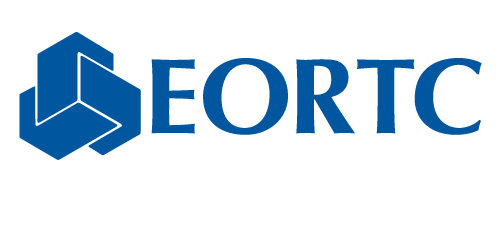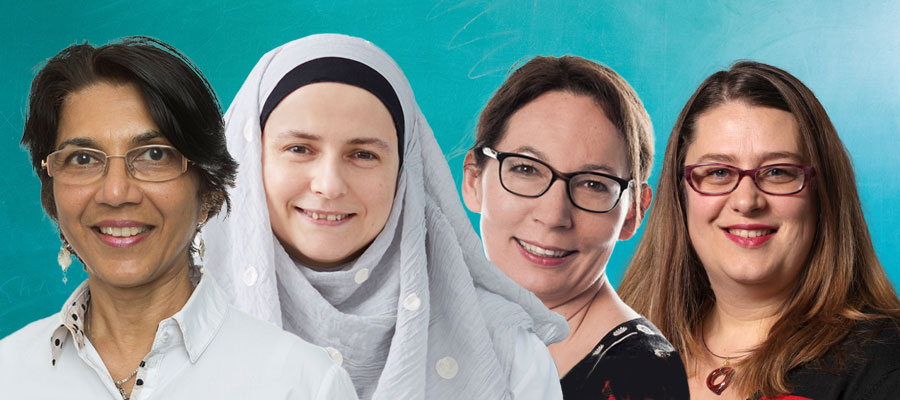Imaging Group promotes Education and Training through specialist networks
2 May 2019
The Imaging Group has prioritised education and training as a core activity. Through workshops and symposia with specialist societies, dedicated sessions at international congresses, joint projects and publications, they are advancing awareness of the availability and use of appropriate imaging biomarkers for clinical trials.
EORTC IG joint workshops and symposia with specialist societies
The European Society of Oncologic Imaging and the EORTC IG organise a yearly workshop on “Tumour response evaluation”, designed to train European radiologists on RECIST criteria as well as iRECIST, Choi, PERCIST, Lugano criteria. Participants come from over 10 different European countries, but also as far as India, South America or the United States. The courses are hands-on, with participants reading images on workstations, similar to those in their departments, to resemble their clinical routine. It is expected to increase the quality of imaging reports and aid oncological decision-making by giving meaningful information on drug efficacy or toxicities.
Together with the EORTC IG the European Society of Neuroradiology (ESNR) organises an advanced level course on imaging in glioma once a year. After two successful years in Milan, the course will move to Madrid for 2020. The course attracts over 100 Neuroradiologists from within as well as outside Europe, and has an entire afternoon dedicated to clinical trials in glioma with prominent speakers from EORTC. Topics include trial design, imaging endpoints, and hands-on training of RANO criteria.
A joint European Association of Nuclear Medicine (EANM)-EORTC symposium to be held on 13 October 2019 in Barcelona will discuss future perspectives on medical imaging in precision medicine. The mini-symposium will address the successes of the theranostic concept in nuclear medicine, how the concept is currently applied in clinical care and reflect on recent developments that hold promise for the future of theranostics. It will highlight why an image-guided approach is warranted for a successful future sustainable health care system. The potential of the first total body PET-scanner in the world, which makes total body full-kinetic analysis possible, will be showcased in this regard. The session will conclude with a lecture on how artificial intelligence can help to facilitate delineation of total body tumour burden for therapy response monitoring according to PERCIST and Deauville criteria.
EORTC IG profile at international congresses
At the European Congress of Radiology 2019, an enthusiastic ECR-EORTC session commenced with “Trial design and Imaging End-points” by EORTC statistician Laurence Collette, who emphasised the important role of imaging end-points, followed by more specific examples of where this could be usefully exploited by Frederic Lecouvet (“Modern imaging-based trials: focus on oligometastatic disease and evaluation of metastatic directed therapies). Newer biomarkers and their technical feasibility and current status was addressed by Philip Kickingereder (“Radiomics in oncology trials”).
EORTC IG educational publications -recommendations and reviews/ web-based projects
The bone and oligometastases subcommittee of the EORTC-IG has been active in promoting publications that review the use of imaging for detecting oligometastases, and for using these imaging modalities appropriately within clinical trials. An initial publication in Eur J Cancer (doi: 10.1016/j.ejca.2017.12.012.) reviewed the strategies and challenges for imaging oligometastatic disease. This was followed by a consensus recommendation in Lancet Oncology (doi: 10.1016/S1470-2045(18)30571-0.) on “Use of modern imaging methods to facilitate trials of metastasis-directed therapy for oligometastatic disease in prostate cancer”.
For glioma imaging in clinical practice, consensus recommendations were published jointly with the ESNR, based on a Europe-wide survey on imaging practices (Eur Radiology 2018: doi: 10.1007/s00330-018-5314-5). These recommendations closely follow the imaging protocol for glioma imaging in trials, published in NeuroOncology as a consensus protocol of EORTC and the National Brain Tumor Society (doi: 10.1093/neuonc/nov095).
The EORTC IG have taken on a joint biomarkers project with the European Imaging Biomarkers Alliance (EIBALL), whereby a list of biomarkers by organ-site and the evidence for their use has been generated. It is to be endorsed by specialist imaging societies and will be made available to researchers through the European Society of Radiology web site.
Related News
Meet the new EORTC Board
9 Jul 2024
We are pleased to announce the release of the EORTC 2023 Annual Report
17 Jun 2024
Dr Denis Lacombe, EORTC CEO, appointed stakeholder co-chair of ACT EU advisory group
24 May 2024
Clinical Trials Day 2024: a Q&A on pragmatic clinical trials
20 May 2024
EORTC/EMA workshop suggests an international way forward for treatment optimisation studies
8 May 2024
EORTC’s Participation at the ESTRO Congress 2024
29 Apr 2024
EORTC: Advancing research and treatment for rare cancers
29 Feb 2024
EORTC Fellowship Programme: celebrating more than 20 years of impactful collaboration
22 Feb 2024
Appointment of Malte Peters as EORTC Strategic Alliance Officer
9 Feb 2024
Unique series of workshops in partnership with the European Medicines Agency (EMA)
7 Feb 2024


